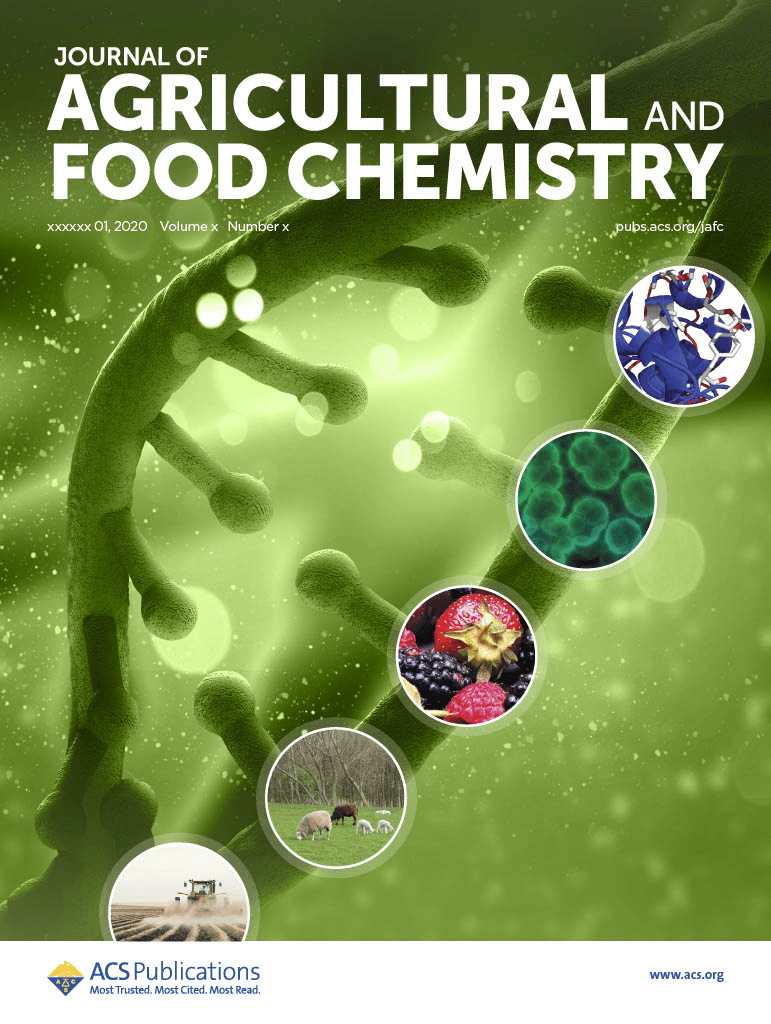Throughout National Dairy Month in June, food and chemistry lovers alike can embrace their passion and pick up something gouda to eat (and read) with these recent cheesy advancements.

To become cultured throughout National Dairy Month in June, or specifically on National Cheese Day (June 4), food lovers can embrace their passion and pick up something gouda to eat. These udderly tasty products come from cows, buffalo, goats, sheep — and even plants. Despite thousands of years spent maturing this culinary staple, researchers continue to moove forward with cheese advancements. Some can be found in these four papers published in ACS journals.
Adding whey protein into a semihard cheese
Traditional semihard cheeses don’t incorporate whey protein, a potentially functional ingredient for cheesemaking. So, a pilot study published in the Journal of Agricultural and Food Chemistry tested adding whey protein to a semihard Edam-type cheese by mixing high heat-treated milk (208 degrees F), which contained denatured whey proteins, into the pasteurized milk (treated at 162 F) used for cheesemaking. The team found that the new cheeses ripened slower and were firmer, though they also tasted slightly more bitter and had a sandier consistency than cheeses made at the same time without the high-heat milk.

Physicochemical and Sensory Characterization of Whey Protein-Enriched Semihard Cheese
DOI: 10.1021/acs.jafc.3c08731
A probiotic cottage cheese
Scientists encapsulated probiotic microbes in edible microcapsules and added them to cottage cheese, creating a more healthful product. The cottage cheese with microbes encapsulated in a 1% sodium alginate and 1% carrageenan gum coating produced a pleasant-tasting semisoft dairy product, which panelists preferred to versions containing higher proportions of sodium alginate. The researchers report additional nutritional analyses and sensory test results for the new functional cheese in the open access journal ACS Omega.

Viability of Free and Alginate–Carrageenan Gum Coated Lactobacillus acidophilus and Lacticaseibacillus casei in Functional Cottage Cheese
DOI: 10.1021/acsomega.3c08588
Mimicking cheesy scents with plants
To produce a natural cheese-like aroma, researchers evaluated how two fungi-fermented soy or sunflower proteins with coconut oil. The odor compounds produced by both fungi were similar to multiple animal milk-derived cheese samples. Therefore, fungal fermentation could be a sustainable way to produce natural cheese-like aromas for plant-based cheese alternatives, the researchers say in the Journal of Agricultural and Food Chemistry.

Production of a Cheese-Like Aroma via Fermentation of Plant Proteins and Coconut Oil with the Basidiomycetes Cyclocybe aegerita and Trametes versicolor
DOI: 10.1021/acs.jafc.4c00219
Leftover goat milk fats from buttermaking
Milk fats in the whey left over from making goat cheese or butter could be a functional ingredient in infant formula. Of three methods to collect these fats, a study in the Journal of Agricultural and Food Chemistry suggests that adding rennet to the liquid left over from making goat butter creates a product with the best composition, including the greatest abundance of phospholipids, gangliosides and omega-3 fatty acids such as DHA. Using this material to enrich other foods could have positive effects on a consumer’s health, the authors conclude.

Lipidomic Comparisons of Whole Cream Buttermilk Whey and Cheese Whey Cream Buttermilk of Caprine Milk
DOI: 10.1021/acs.jafc.4c00792
This article round-up is brought to you by the ACS Science Communications team—learn more below.
